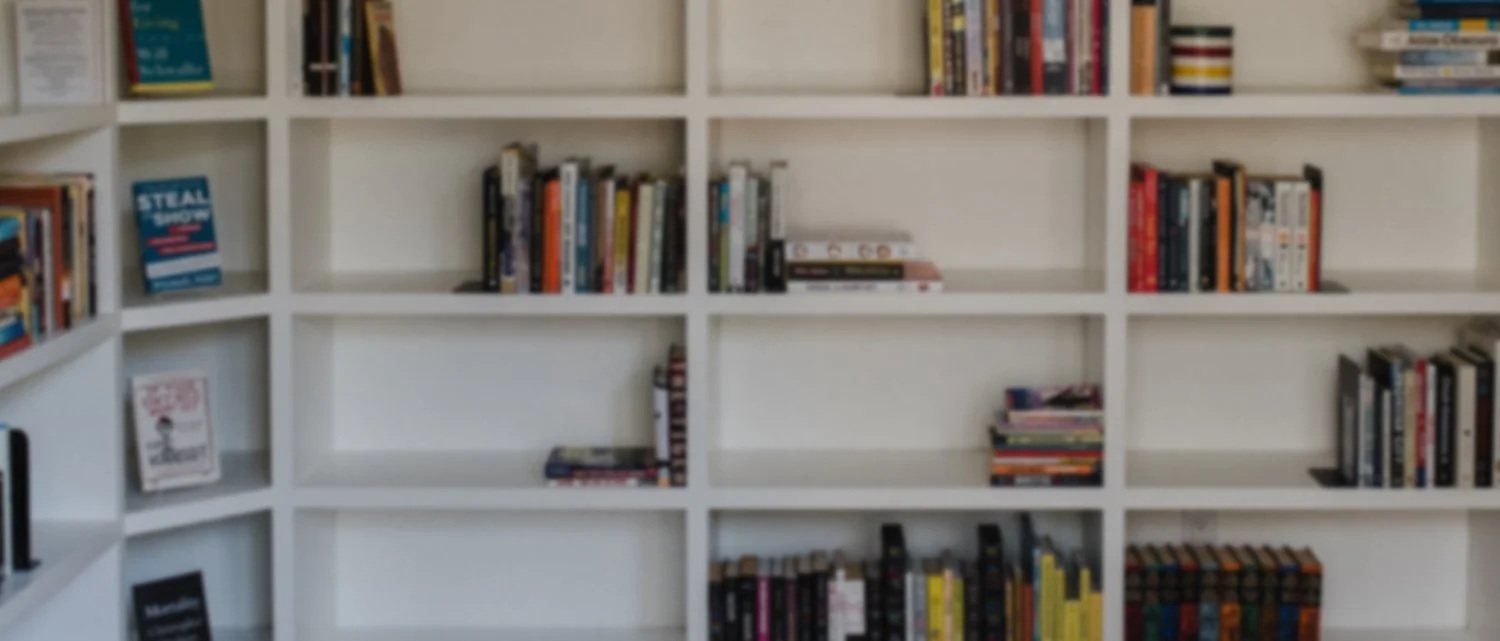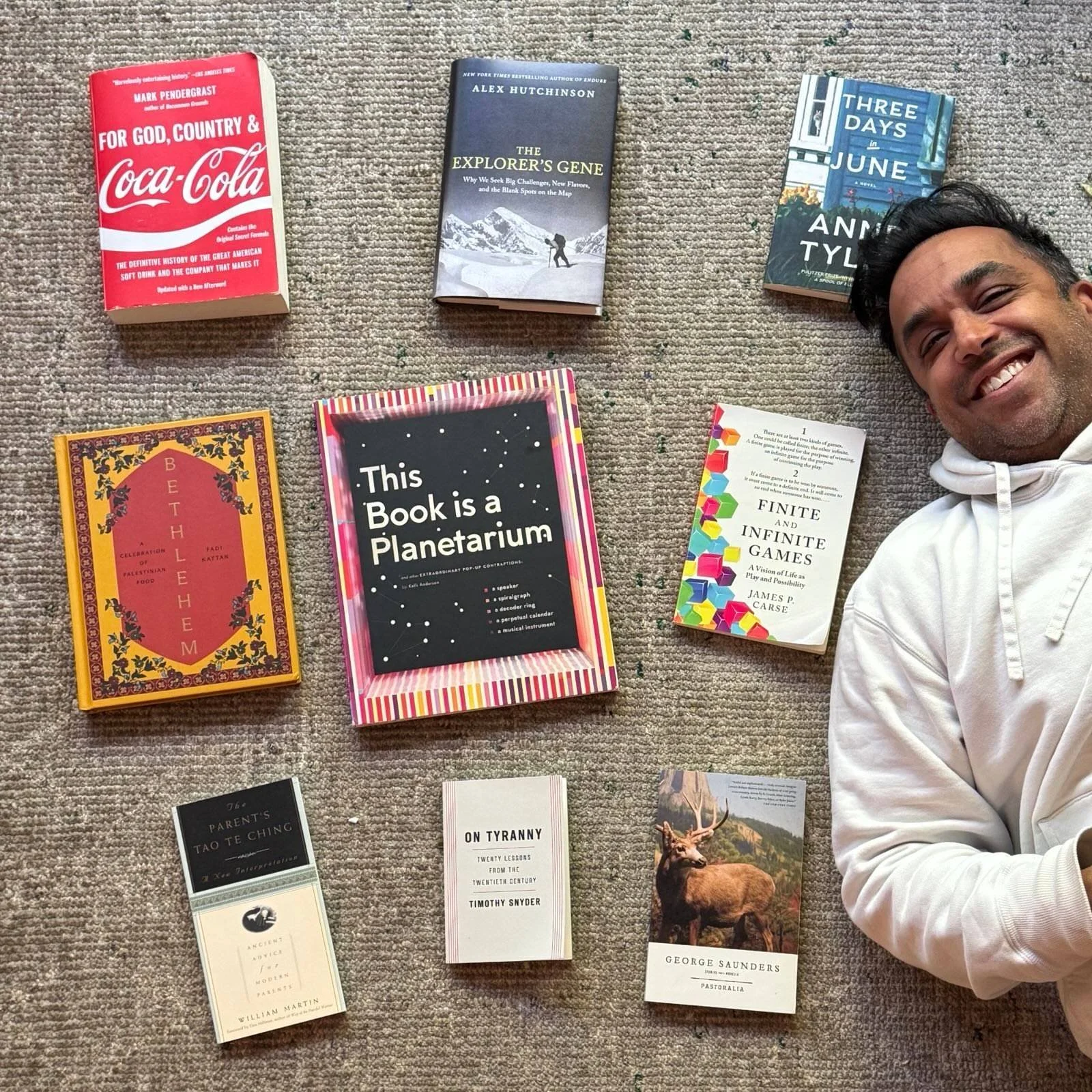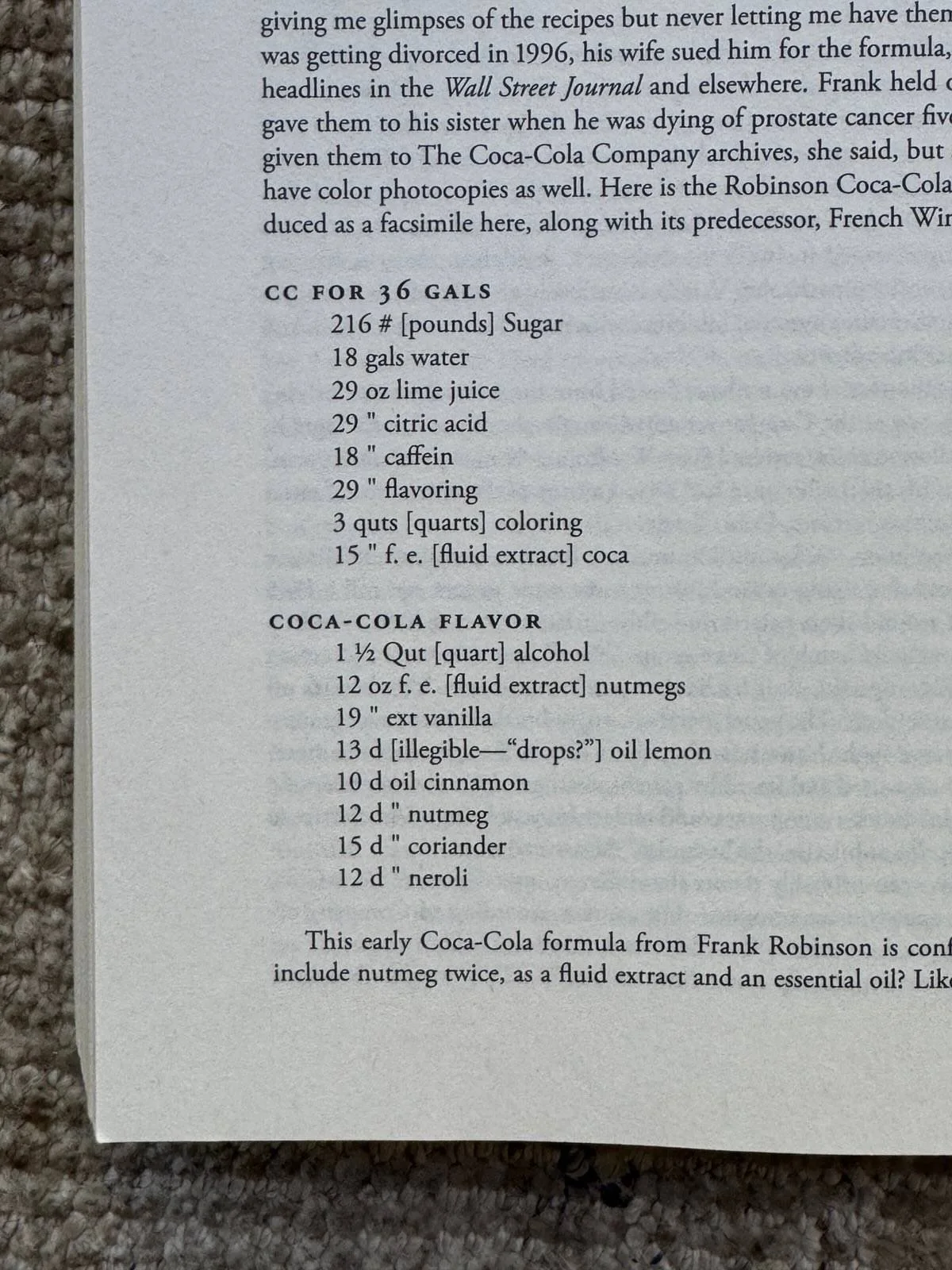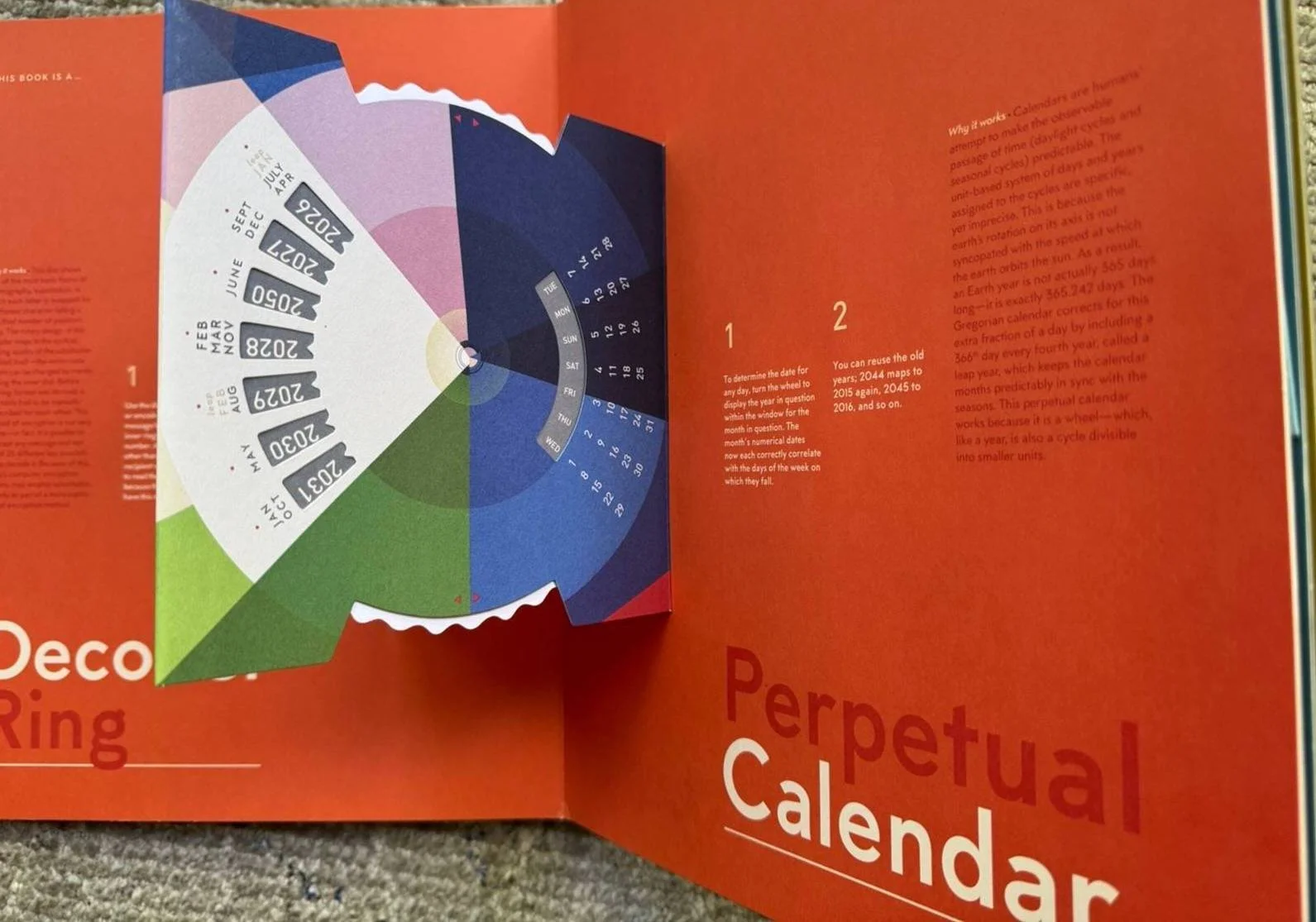Neil's Monthly Book Club is my oldest and most popular email newsletter. Click here to subscribe.
Hey everyone,
Reading is under attack!
And yet: we remain. The resistance! We may not finish books. But we start them! We buy them. We borrow them. We trade them. We open them. We read them. We pace, we press, we plod, we push. We use systems, we cultivate habits, and we read, dammit—we read.
Scroll down to the pic for reflections on the books I read this month or if you want to chill with me in the sidewalk lawn chairs before stepping into the shop here are this month’s “Letters”!
Okay, in response to my April 2025 Book Club Michael H. writes:
Thank you, this is actually an email I look forward to getting. I think I pick up at least one new book from this list every month. I love the challenge to be open to things that are outside of my ‘algorithm.’
Ha! Me too, Michael. As Doug Miller said to us in Chapter 99 from his bookstore in Toronto’s Koreatown, “That's what's amazing about a bookstore: you find stuff you're not looking for. Amazon, you find stuff you're looking for.”
Kelly P. writes:
I'm a quiet follower but feel compelled to let you know I love seeing what you're reading. I'm going to go read that Atlantic article. ‘Educated’ by Tara Westover has stuck with me too. Keep em coming! I too like to share what I read with my modest personal following of friends, colleagues, and neighbors...
Love it, Kelly! And totally—just telling people what you’re reading is such a great reading accelerator. Whether you post on Goodreads (I do!), send emails to friends (I do!), or just obnoxiously prattle on about books all the time to anyone who will listen (I do!), it all works.
OK, and let's close this month with Jennifer A. from the UK:
Hi Neil, I added ‘Raising Calm Kids In A World of Worry’ to my list but, recently, I have realised that I have almost outgrown parenting books. My kids are autistic and so many of the strategies outlined in mainstream parenting books just cannot work in our household, making me feel a total failure. I used to think that, if I read the right book and followed its formula exactly, all would be well. My bubble kind of burst when I went to see Dr. Laura Markham (‘Peaceful Parent, Happy Kids’) speak at an event in London. She had the audience in the palm of her hand, we were drinking in every word. Then it was time for questions. "How do I get my child to eat fruit?" "Just make sure you don't have any sweet treats in the house, and then they will have no choice and start eating fruit." It was as if the spell she had over the room was broken - it wasn't like we hadn't tried all these things, it's not as if people snack only for hunger! In any other situation than parenting, starving someone into doing what you want would be a criminal offence. After that, I have been a little more sceptical about parenting books and now I just try to figure out what works for my children as well as getting outside professional help for them. Other people might have some ideas but you have to be the expert on your children. Thank you for your book club letters - I imagine they take quite some time to craft. Take care and to everyone, have faith in your parenting abilities!
Wow! Thank you so much for sharing, Jennifer. So nice to hear from you. Leslie wrote that review and she happens to be sitting beside me on the couch right now! She shares back:
I totally hear you. You do not sound anywhere close to a failure but more like an INCREDIBLE parent in that you know the ultimate, most important truth—only the parent themselves can know what is best for their child. And as you say tuning into that intuition and rising above the noise of the parenting world is really all we can do. One of my favourite parenting quotes is from Brené Brown who said, "Who we are and how we engage with the world are much stronger predictors of how our children will do than what we know about parenting.” Feels like a deep calming exhale to remind myself of that, hopefully it has a similar effect on you!















